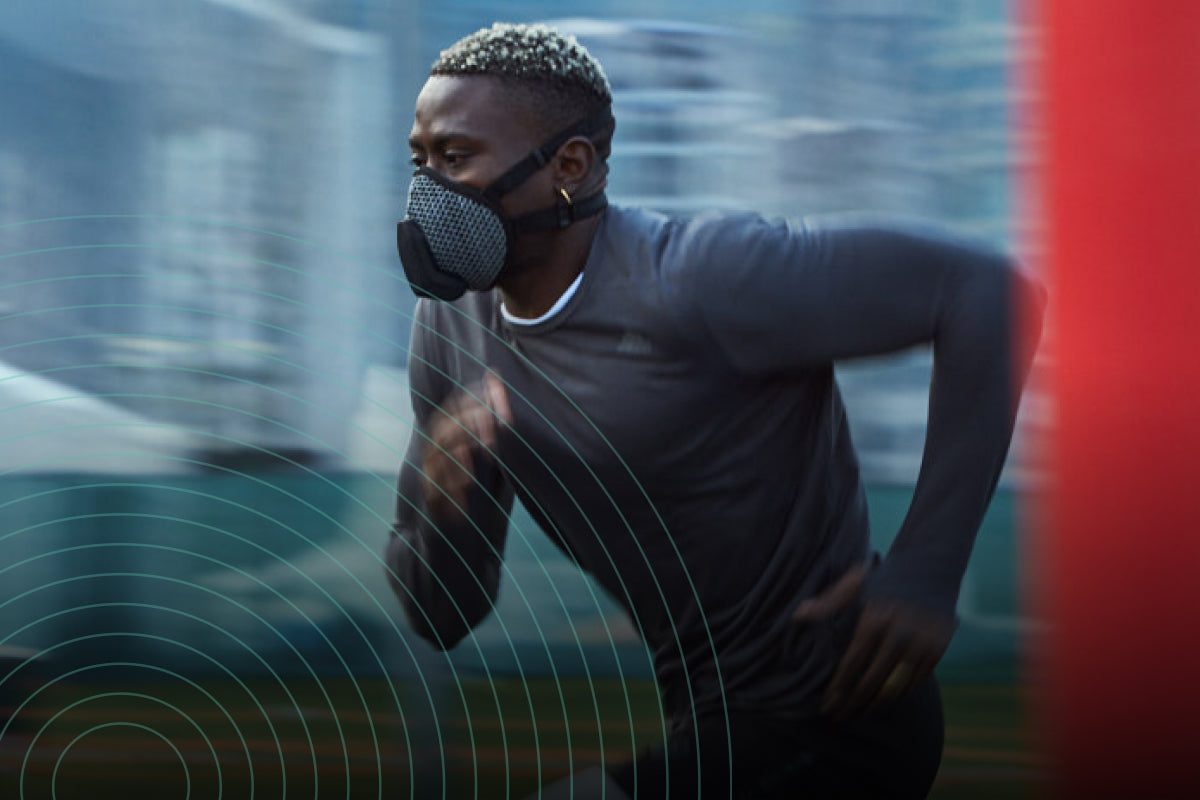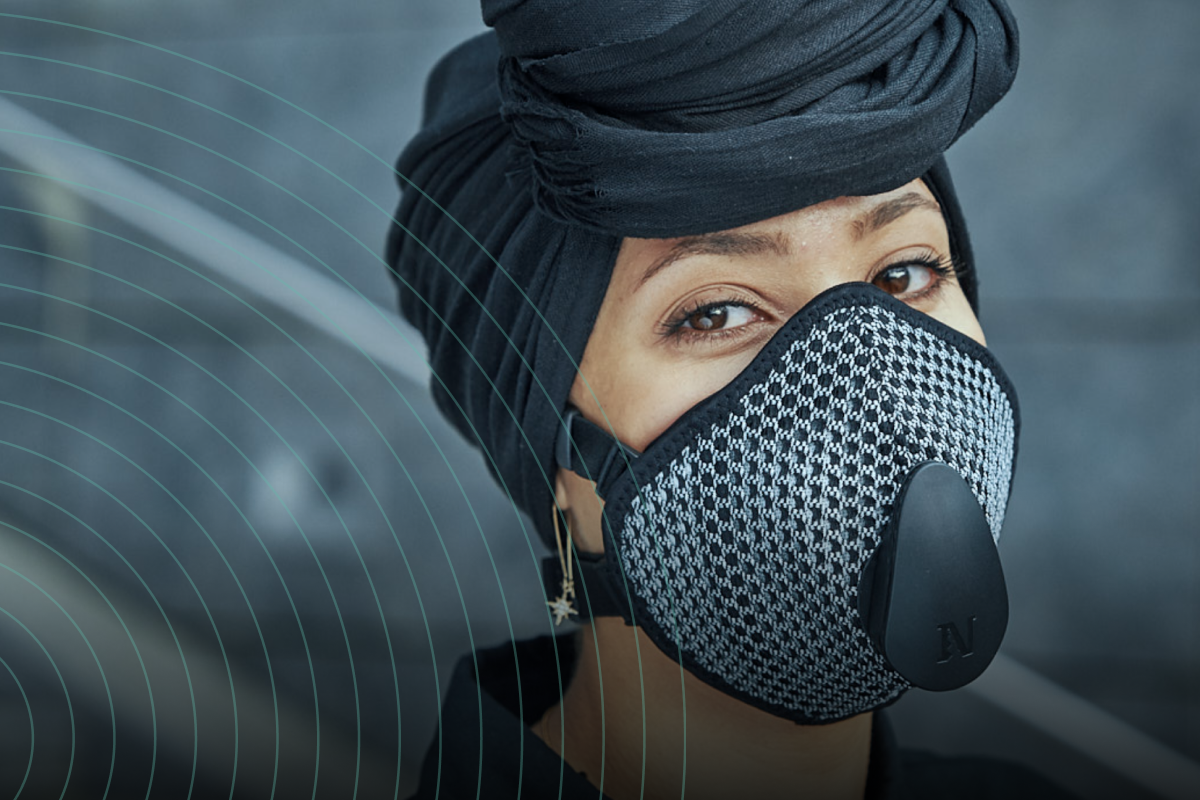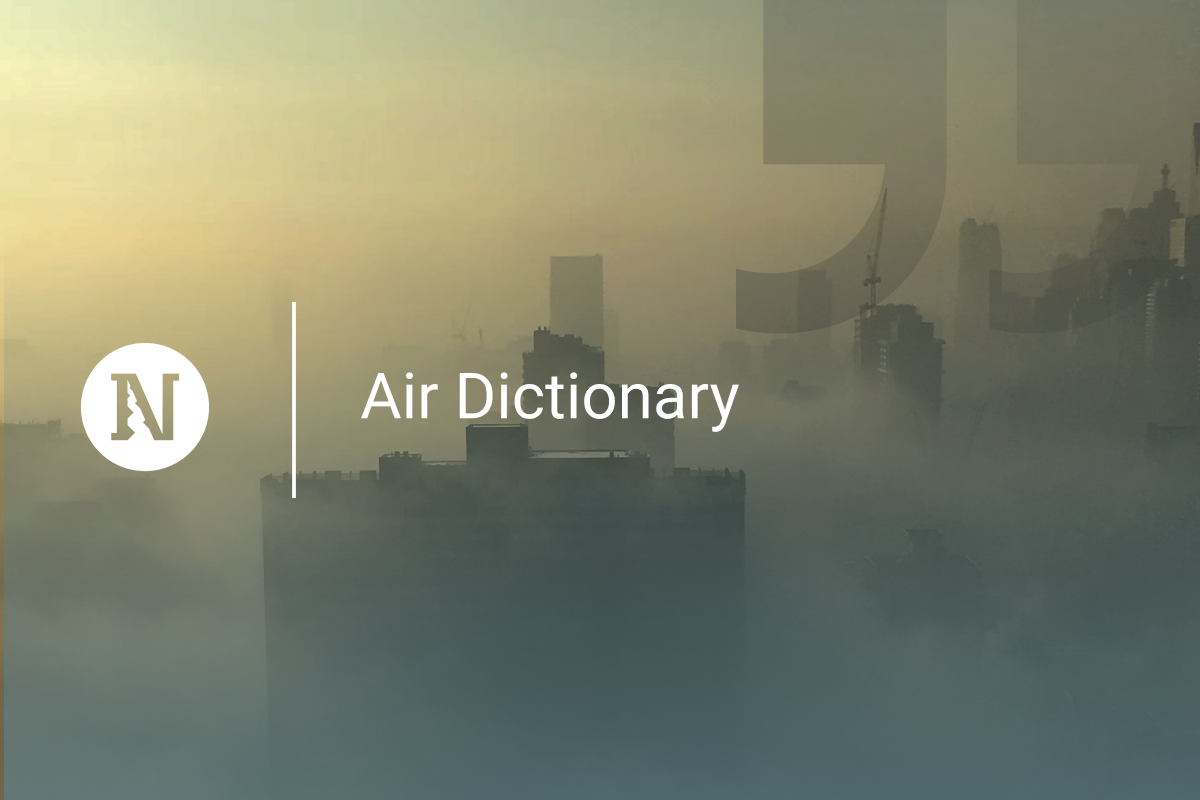Practising outdoor sports is a healthy activity that offers numerous physical and mental benefits. However, for those living in urban areas, exposure to air pollution poses a significant risk to respiratory health.
The most common respiratory disorders in athletes
Today, many people take up sporting activity both for passion and to keep fit, with the aim of achieving and maintaining a healthy physical condition. However, this healthy habit can be compromised by respiratory problems.
What are the most common pathologies?
Chronic or recurring diseases of the upper respiratory tract, such as rhinopathies, sinusopathies and pharyngeal diseases, also in allergic form, are very frequent and sportsmen are not immune to them. With the increase in air pollution and allergies, the number of athletes who develop these conditions in more or less mild forms is also growing.
A typical disorder of athletes is rhinitis, characterised by an annoying rhinorrhoea (runny nose). This condition can develop even without allergic phenomena and, by preventing proper breathing, negatively affects training.
The importance of breathing well
Proper respiratory function is essential to ensure the efficiency of the bronchopulmonary system, given the importance of the functions performed by nasal breathing (heating, humidification and air filtration). It is therefore essential to breathe through the nose, especially when exercising at low temperatures or in closed rooms with poor ventilation. Even outdoors, due to pollution, it is crucial that the first airways function at their best to protect the entire respiratory system.
Aerobic or mixed physical activities (such as running, cycling, football, tennis) often require a switch to oral breathing to allow larger volumes of inhaled air. If one suffers from nasal pathologies, one naturally tends to breathe through the mouth even during moderate exertion, thus losing the benefits of nasal breathing, first and foremost effective air filtration. It is therefore important to optimise and stimulate the body's natural defence mechanisms.

Protect yourself from pollution
Urban air pollution consists of a mixture of harmful particles and gases, including PM10, PM2.5, nitrogen dioxide (NO2), ozone (O3) and carbon monoxide (CO). These pollutants can cause various health problems, such as respiratory tract irritation, reduced lung function, asthma and other chronic respiratory diseases. Athletes who exercise outdoors under these conditions may inhale larger amounts of pollutants due to the increased respiratory rate during exercise. Physical activity increases ventilation per minute, favouring the penetration of pollutants into the body and decreasing muco-ciliary clearance, the natural cleaning mechanism of the respiratory tract, which can remain impaired for days after exercise
Strategies for Respiratory Protection
Choose the right times to exercise:
- avoid exercising during peak traffic hours, when pollution levels are highest.
- prefer early mornings or late evenings, when pollution levels are generally lower.
- on days when pollution is particularly high, consider exercising in a gym or other well-ventilated indoor environment.
Monitor air quality:
- use apps and websites that provide real-time information on air quality in your area.
- plan outdoor activities according to pollution levels, avoiding strenuous exercise on days with poor air quality.
Choose less polluted routes:
- opt for parks, green areas and cycle paths away from busy roads.
- avoid main roads and densely populated urban centres during your workout.
Use masks and protective gear:
- wear pollution-specific masks to reduce inhalation of harmful particles.
- ensure that the mask adheres well to the face and is comfortable during physical activity.
- use masks that promote breathing without altering the respiratory rate and that avoid annoying situations such as fogging of glasses, creation of condensation, etc.
Protecting the respiratory tract is essential for those who practise outdoor sports, especially in urban areas. By adopting a few simple strategies, you can significantly reduce the risks associated with air pollution and continue to enjoy the benefits of physical activity. Monitoring air quality, choosing the right times and places to exercise, and using protective equipment can make a difference in safeguarding the respiratory health of urban athletes.
Investing in one's health and the quality of the urban environment not only improves one's sporting experience, but also contributes to the well-being of the entire community.




Leave a comment
All comments are moderated before being published.
This site is protected by hCaptcha and the hCaptcha Privacy Policy and Terms of Service apply.